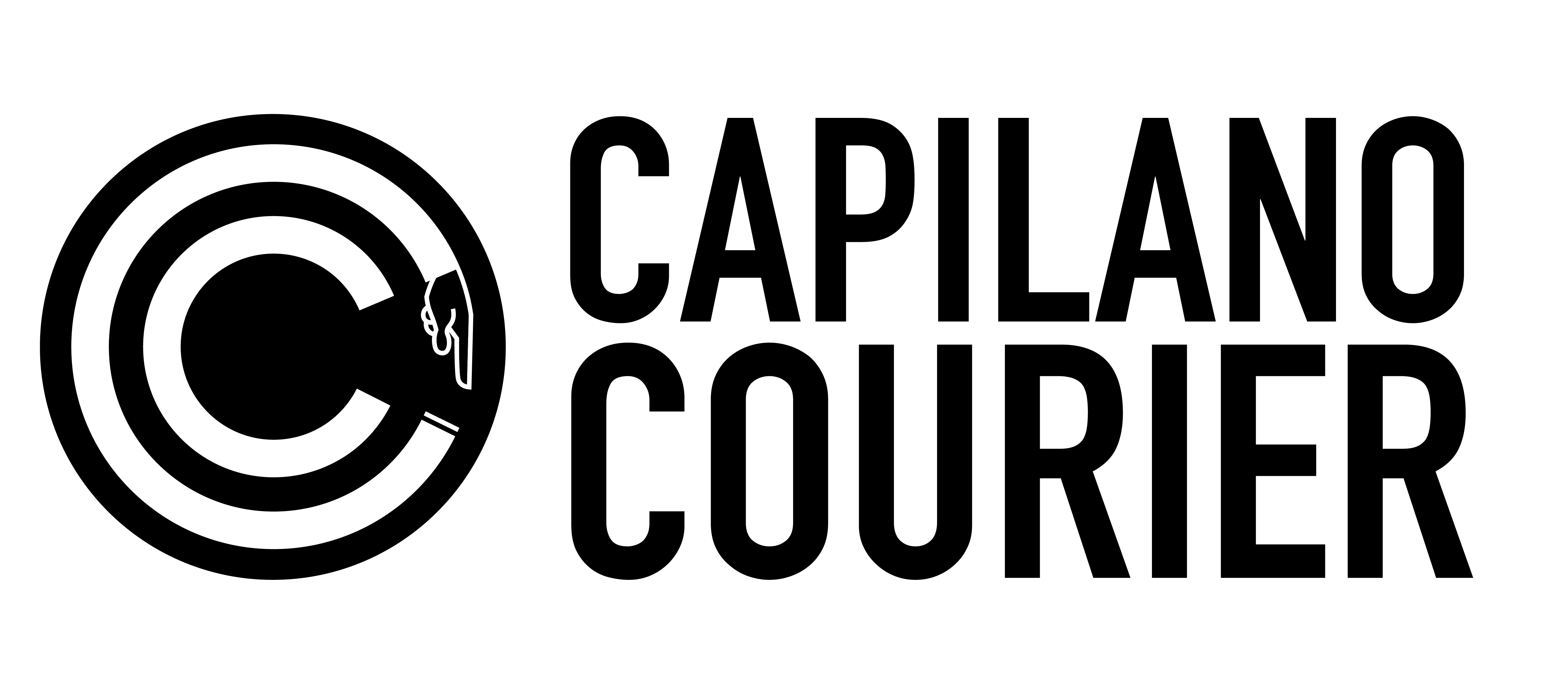You may not feel them now, but whether you’re prepared or not, this earthquake doesn’t care
Rachel D’Sa // Columns Editor
The news that a catastrophic, 9.0 magnitude earthquake, otherwise known as the “Big One,” will hit the BC coast any day now, is not new. In fact, somehow even after staggering statistics regarding probability and severity have been widely advertised, West Coast residents have no problem kicking up their feet and forgetting about the inevitable catastrophe, which could come with dire consequences. At this point, there’s no room for ignorance.
On Oct. 21, two major earthquakes, the first with a magnitude of 6.6 and the second with a magnitude of 6.8, struck just off the west coast of Vancouver Island. These earthquakes were followed by four additional quakes, ranging in magnitude from 4.3 to 6.5. Somehow, the public doesn’t seem at all phased. Swarms of online comments responding to news articles on these earthquakes all revolve around the same, homogenous experience – not feeling a single thing.
I cease to believe these people won’t be eating their words when the West Coast faces a real natural disaster. According to a recent CBC article, the “Big One” is supposed to reach a magnitude of 7.0 with an epicentre (a point on Earth’s surface that is vertically above the primary focus of an earthquake) close to Vancouver and Victoria. The one in five chances that the megathrust earthquake could hit anytime in the next 50 years, has seemed to override the news, not providing the public with reiterations of the importance of preparation.
The occasional preparation lists are embedded in online articles and on government websites, covering whether or not you should pack granola bars in your fanny pack, but it’s safe to say the common Joe is clueless on the severity and protocol. The 127 page BC Earthquake Immediate Response Plan is open to public viewing online, but really, who has the time, patience and ability to sit through reading a business report and come out fully understanding the content. The lack of accessible, comprehensible knowledge on the matter leads us to believe that everything is fine and dandy in the meantime, since there is seemingly no push on learning disaster relief protocols.
There remains the possibility of a 9.0 magnitude earthquake, followed by a Pacific Coast monster tsunami that has the potential to kill thousands from Vancouver Island to California. Yet, all we’ve ever known and practiced is how to duck under a budget-friendly table in a public setting and count to 60. Just as it’s ridiculous to think our Kirkland dried fruit and nut oat bars will save our souls after a 20-metre high tsunami, it’s crazy to brush off worrying about a natural disaster, based off our experiences of “not feeling anything.”
Currently, just off the coast of Vancouver Island, two tectonic plates are locked in place. The oceanic Juan de Fuca plate has slid underneath the less dense plate that we reside on. For three centuries it has remained stuck, building up pressure, and it is ready to give in at any given moment. With recent tectonic action (the earthquakes we “haven’t felt”) deformations have developed in our plate of residence – hundreds of cracks in the earth standing by, waiting to give way, triggering catastrophic disaster. Though seismic waves will have a long way to travel before getting to big cities, losing energy, the ruptures will still be violent and horrific.
The dealio is this: you won’t know that you’re dealing with a catastrophic disaster until it hits full force. Though we may not feel earth-shattering chills with every small quake that hits, we sure as hell will be paying for our passive behaviour and laziness when the earth truly is shattering in front of our very eyes.





